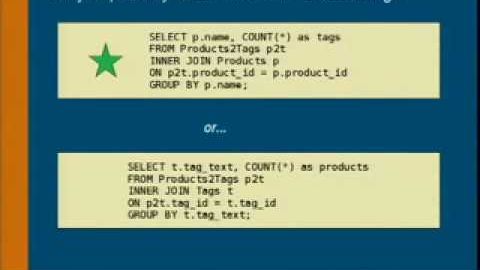
字幕と単語
MySQLのパフォーマンス・チューニング・ベスト・プラクティス (Performance Tuning Best Practices for MySQL)
00
陳柏霖 が 2021 年 01 月 14 日 に投稿保存
動画の中の単語
record
US /ˈrekərd/
・
UK /'rekɔ:d/
- n. (c./u.)最高記録;(音楽の)レコード;経歴;記録
- v.t.記録を破る;記録する;録音する : 録画する
A1 初級TOEIC
もっと見る エネルギーを使用
すべての単語を解除
発音・解説・フィルター機能を解除
